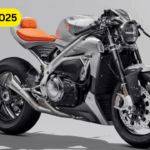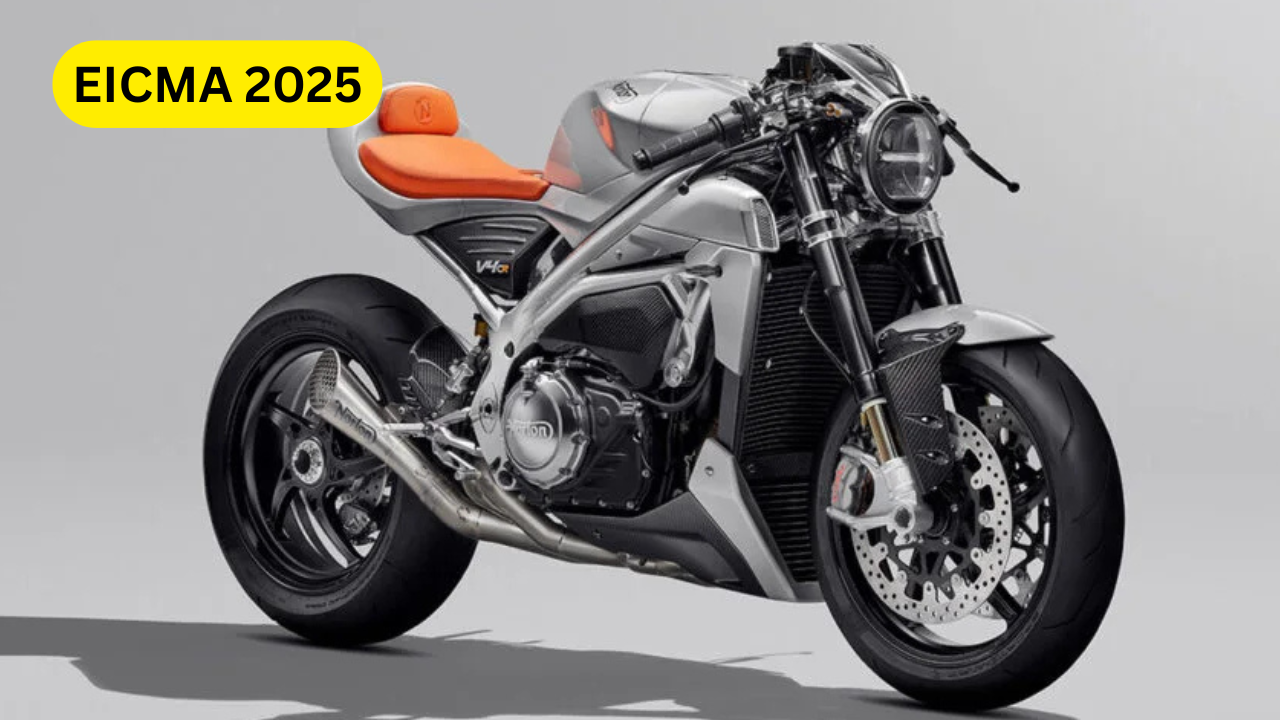Cupra Terramar Review: The SUV market might seem overcrowded, with almost every major automaker offering a contender in the C-segment. Yet, Cupra believes there’s room for something fresh, something that reflects its evolution from a performance sub-brand of SEAT to a bold, design-forward marque in its own right. Enter the Cupra Terramar — a mid-size SUV that not only complements the existing Ateca but also redefines what a Cupra SUV should feel like. While many may question the need for another crossover, the Terramar answers confidently with compelling design, dynamic versatility, and a forward-looking strategy.
The Cupra Terramar isn’t just another badge-engineered sibling to the Volkswagen Tiguan. It is positioned as a flagship alongside the upcoming Tavascan EV, standing out with a sportier, more mature aesthetic. Where the Ateca began Cupra’s independent journey, the Terramar refines that direction, taking full advantage of the brand’s matured design language, intuitive technology, and thoughtful utility enhancements. It feels more aligned with what Cupra represents in 2025 — a sporty, tech-rich, and lifestyle-focused brand.
What’s particularly significant is that the Cupra Terramar is set to be the last new internal combustion engine (ICE) model from the brand. With plans already in motion for its successor to go fully electric on the Porsche Macan EV and Audi Q6 E-Tron platform, this SUV is a symbolic end of an era and a celebration of Cupra’s progress. It balances tradition and transition — giving buyers a final opportunity to experience a Cupra with a petrol heart before the electrified future takes full charge.
Specifications of the Cupra Terramar
| Specification | Details |
|---|---|
| Engine Options | 1.5L & 2.0L petrol, Plug-in Hybrid (PHEV) |
| Transmission | Automatic (DSG) |
| Drive Type | Front-wheel / All-wheel drive |
| Power Output (PHEV) | Approx. 272 hp |
| Electric Range (PHEV) | Up to 100 km (WLTP estimated) |
| Boot Capacity (Standard) | Up to 642 litres |
| Boot Capacity (PHEV) | Around 400 litres |
| Rear Seat Functionality | 150mm slide, 40/20/40 split-folding, recline |
| Infotainment | Large touchscreen with top and bottom quick bars |
| ADAS Features | Predictive ACC, Lane Keep Assist, Safety Systems |
Performance and Driving Experience
While performance enthusiasts might miss the hardcore character of early Cupra models, the Terramar focuses on refined sportiness. The plug-in hybrid variant delivers approximately 272 hp, combining petrol power with electric smoothness. This makes it an engaging drive, especially in urban conditions and short commutes where electric power dominates.
Cupra’s trademark adaptive chassis control and driving modes are expected to offer a dynamic edge, distinguishing the Terramar from more conservative rivals. The steering feels well-weighted, and the adaptive cruise control, paired with lane-keeping assist, adds convenience without being intrusive. Whether you’re navigating city streets or tackling weekend getaways, the Terramar feels confident and balanced.
Also read: Porsche Macan Turbo Long-Term Review: The Everyday Porsche with a Wild Side
Interior and Features
Inside, the Cupra Terramar offers a futuristic cabin with a clean layout. The touch-sensitive bar may not win everyone over, but the overall interface is intuitive, especially with the smart top and bottom bars for climate and shortcut access. The digital cockpit and central infotainment screen offer crisp graphics and smooth transitions between menus.
Practicality hasn’t been compromised either. Rear passengers will appreciate the sliding and reclining seats, while the boot capacity rivals larger SUVs, especially in the non-PHEV versions. Even though the plug-in hybrid sacrifices some cargo space due to the battery, the overall layout remains user-friendly. Ergonomics are sound, though not revolutionary, and the multi-function steering wheel offers access to key features like cruise control and driving aids.
Design and Exterior Styling
Visually, the Terramar blends Cupra’s signature design cues — angular LED lights, bold copper accents, and aggressive surfaces. Unlike the coupe-style Tavascan, the Terramar retains a conventional SUV profile with prominent C-pillars, offering a more practical silhouette.
The front fascia is assertive without being overstyled, and the wheel options, ranging from 18 to 21 inches, add to its premium appeal. It sits lower and sportier than some of its direct competitors, giving it a poised stance that subtly hints at its performance potential. In short, the Terramar doesn’t just look like a rebadged SEAT or Volkswagen — it looks uniquely Cupra.

Pricing and Launch Date
The Cupra Terramar is expected to start at around €40,000 (INR equivalent pricing TBA), with PHEV versions likely commanding a premium of approximately €5,000–€7,000 more. Pricing will vary depending on powertrain, trim level, and optional extras like larger wheels, premium audio, or leather interior packs.
Expected Launch Date: The Terramar is scheduled to arrive in European markets by late 2025, with global markets (including India and Latin America) potentially seeing a 2026 rollout depending on demand and regulatory readiness.
Cupra Terramar Review Conclusion
The Cupra Terramar might be entering a saturated market, but it does so with confidence, style, and purpose. It offers a more authentic expression of Cupra’s design ethos than the Ateca and introduces several clever features that enhance practicality and user experience. Its driving dynamics, especially in the PHEV variant, promise to be engaging without compromising on everyday comfort or efficiency.
For those looking for a sporty SUV that doesn’t shy away from electrification, the Terramar offers a compelling middle ground. It is the bridge between Cupra’s combustion past and its electric future — and that makes it a uniquely important SUV. Whether you’re drawn in by its looks, intrigued by its tech, or impressed by its boot capacity, the Terramar is more than just another name in the SUV crowd — it’s the new face of Cupra.
Cupra Terramar Review FAQs
1. Is the Cupra Terramar fully electric?
No, the first-generation Terramar is not fully electric. It comes with petrol and plug-in hybrid (PHEV) options. However, the second generation is expected to be fully electric and based on the premium PPE platform shared with Porsche and Audi.
2. How much boot space does the Cupra Terramar offer?
The non-PHEV models offer up to 642 litres of boot space, thanks to sliding rear seats and a split-level floor. PHEV versions reduce this to around 400 litres due to battery packaging.
3. What makes the Cupra Terramar different from the Cupra Ateca?
The Terramar is larger, more refined, and more aligned with Cupra’s current design and tech standards. While the Ateca started Cupra’s independent journey, the Terramar represents its matured identity and acts as a flagship alongside the Tavascan.
4. What are the main rivals of the Cupra Terramar?
The Terramar competes with SUVs like the Volkswagen Tiguan, Kia Sportage, BMW X1, Toyota RAV4, Audi Q3, and Hyundai Tucson. However, it stands out with its sporty design and performance-focused plug-in hybrid variant.

I am and writer of Bwna.in. Here I personally publish every update, review and technology news related to mobile, car, bike, read more for you – that too in easy language.











